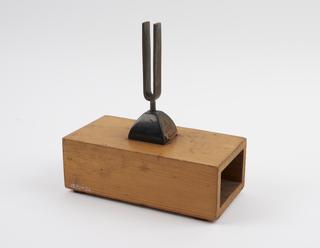
A440 tuning fork
1880

1880

1840-1841

1841-05-25


1880

1880
1841-07-03
1880
1841
1841-03
1841-06-08
1841-06-04
1841-06
1841-06-11
1841-06-05
1841-06-03
1841-06-03
1841-06-11
1841-02
1841-06-05
1841-07-19
1841-07-16
1841-07-22
1841-07-20
1841-07-21
1841-07-21
1841-07-19
1841-06-25
1841-06-25
1841-05-25
1841-05-21
1841-05-22
1841-05-24
1841-05-22
1841-05-04
1841-05-24
1841-05-04
1841-05-04
1841-07-19
1841-05-24
1841-1841
1880
1841
1841